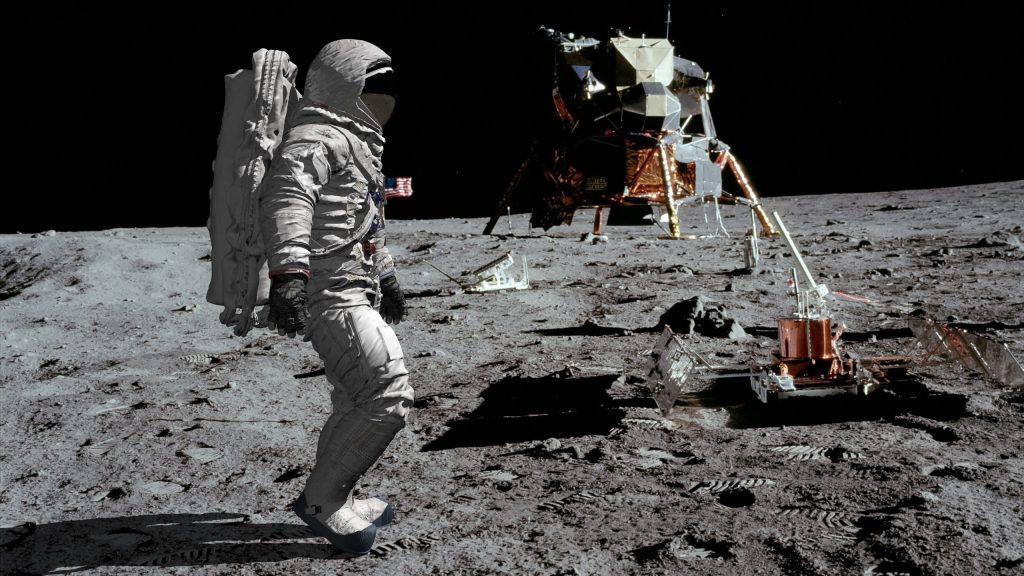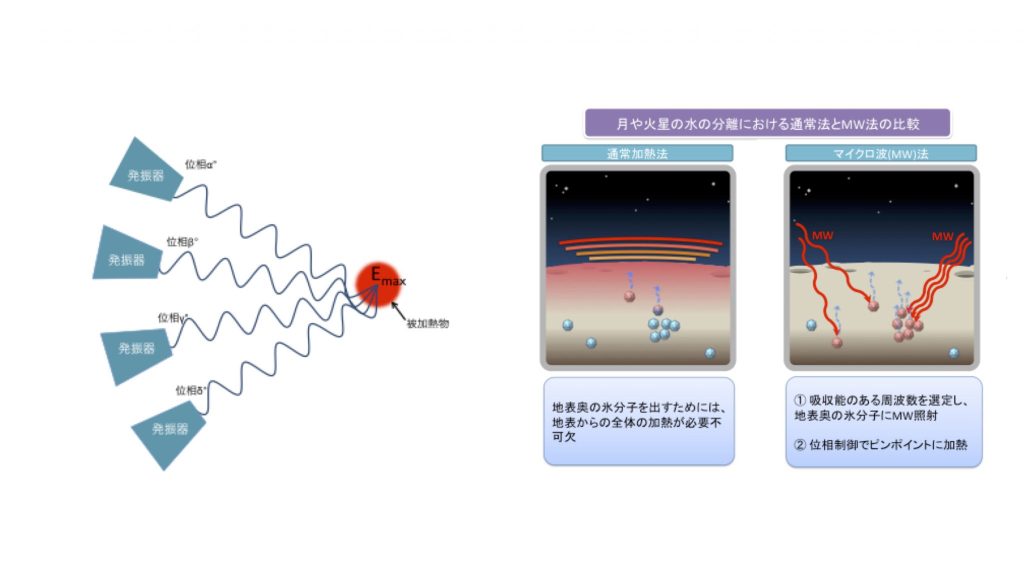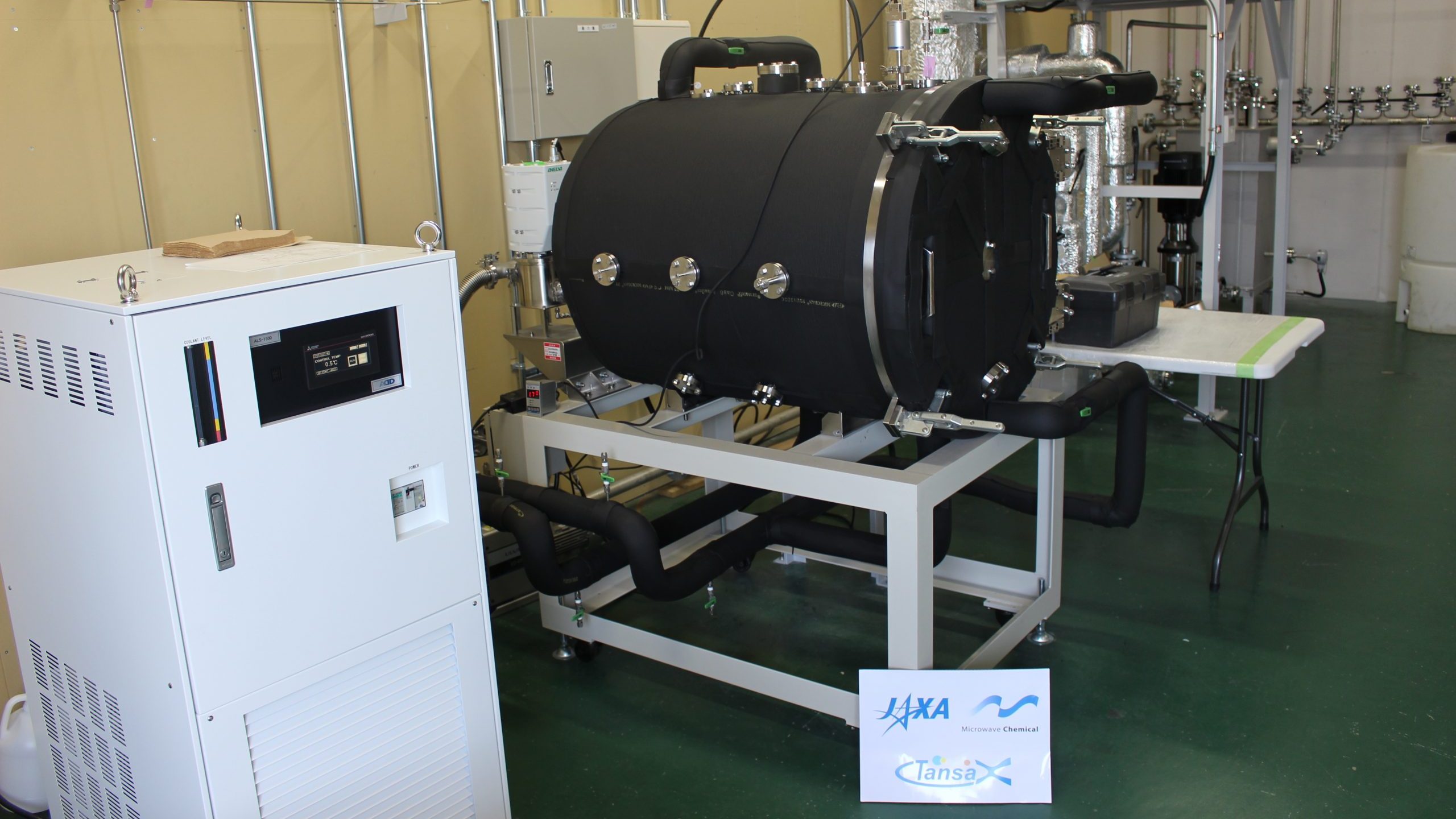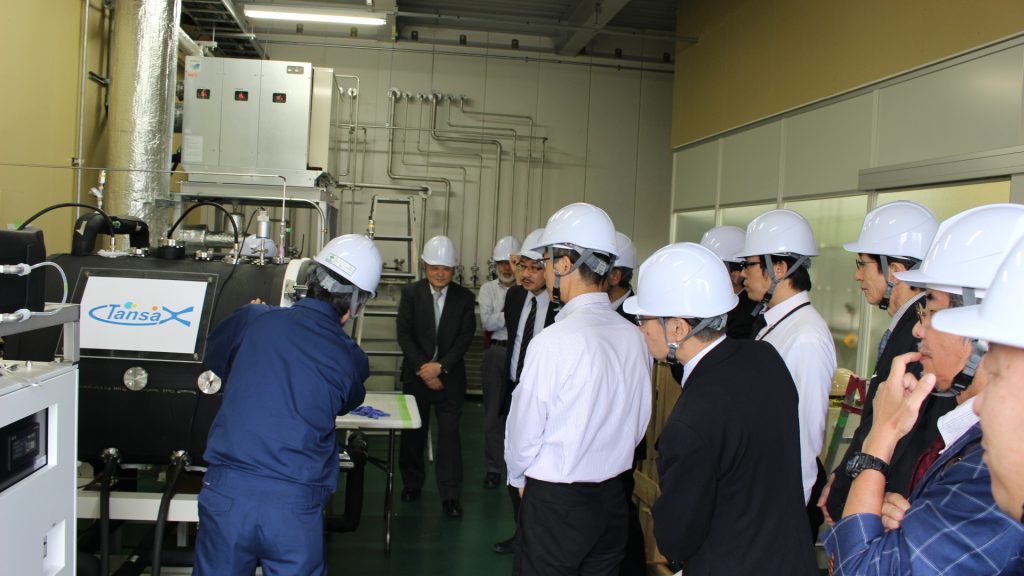Local production for local consumption in space. Extracting water from ground ice on the Moon and Mars
JAXA - Project to obtain water resources in space, through freeze-drying 2020.12.012022.06.08
-
Industry:MaterialsPharmaceuticalsFood
-
Processes:Drying, concentration and dehydration
Background
With momentum growing for space exploration, local water procurement remains a challenge
In 2017, (former) President Trump signed a document instructing the U.S. National Aeronautics and Space Administration (NASA) to carry out a manned expedition to the moon. In response, the Japanese Government also decided to revise its basic space program timetable and team up with the U.S. program. Russia, China and India are also steadily making their own preparations and momentum for space exploration, in particular lunar exploration, is growing worldwide.
Manned space exploration requires drinking and domestic water for staff members. However, the cost of launching water into space can run as high as 100 million yen per liter. This means that, in order for space exploration to continue, water required for day-to-day activities must be procured locally. In other words, for humans to work in space, establishing technology that makes local production for local consumption possible is a must.
3D rendering. Astronaut walking on the moon. CG Animation. Elements of this image furnished by NASA

The significance of microwave applications
Microwave technology could be used to obtain water from planetary soil
One possible solution to the problem is to obtain water from water ice in planetary soil during space exploration. This water can then be used not only for drinking and domestic purposes but can also be separated into hydrogen and oxygen for use as fuel to power rockets.
This project has shown that water can be recovered efficiently by microwave irradiation directed onto ice water in lunar and Martian soil, taking advantage of microwaves’ ability to selectively heat specific areas. Once this method is established, significant cost reductions will be achieved and obtaining water in space will become a reality.

Development story
Experts in various fields compiled numerous estimations,
leading to a major breakthrough
The project began in earnest in December 2016. MWCC, together with the Tokyo Institute of Technology, submitted an application to the Space Exploration Innovation Hub Center and was officially selected by JAXA to work on the project.
Microwave processing is a technology that for decades has been labelled as “impossible to scale up”. This has often given it a negative impression, but JAXA has already applied microwave technology to the ion engines of the asteroid explorers Hayabusa and Hayabusa2, which meant that the project could develop smoothly.
The technology on which this project is based is ‘freeze-drying’, in which frozen food is dried by creating a vacuum and sublimating its water content. This technology makes it possible to efficiently sublimate ice and recover it as water by pinpoint microwave irradiation at targeted locations. This technology is used to optimize the ‘freeze-drying’ system by simulating the movement of microwaves in a microwave reactor and reflecting the results in the reactor design. This work was carried out by a team specializing in electromagnetic field analysis.
During the design process, it was found that if microwave energy injected into the reactor exceeds a certain amount, the temperature of the sample of artificial moon sand would rise too high, which would increase the amount of water sublimated and ultimately result in damage to the vacuum pump. Therefore, improvements were made to enable appropriate drying by adjusting the amount of microwave energy input and the vacuum level in the reactor while observing temperature changes inside the reactor.
In October 2017, JAXA and other related parties gathered for a demonstration and debriefing session on removing water from sand placed in the microwave freeze-drying equipment and our research and development over a period of about 11 months was given high praise.


Social Impact
A major role not only for prolonged stays on the Moon and Mars,
but also for space development itself
A JAXA representative on the project commented, “Although certain aspects remain unverified, the results are interesting and give validity to the opinion that remote microwave heating is of benefit for sublimation of ice water deep on the surface of the Moon.”
perating microwave freeze-drying equipment using sunlight in space makes the local recovery of water, which is essential for carrying out various activities and living in space, a matter of course. This will not only contribute to prolonged stays in space, but also play a major role in space development itself, exploring the origins of space, developing the use of space, and carrying out activities that will further the development of humanity.